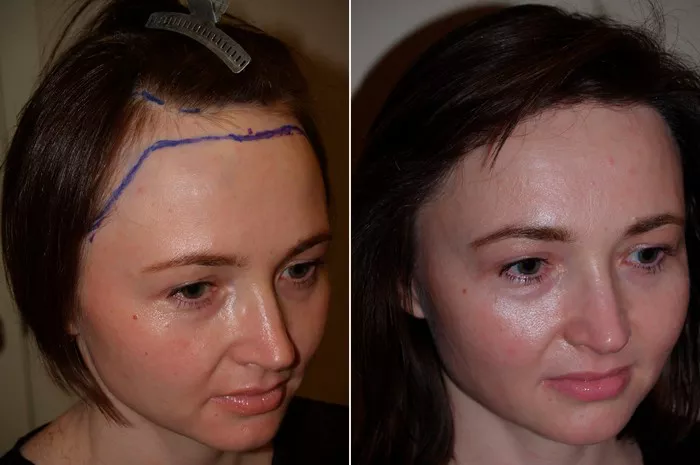When it comes to achieving that lush head of hair through a hair transplant procedure, you’ve taken a significant step towards regaining your confidence. However, ensuring the success of your hair transplant involves more than just the procedure itself. One crucial aspect that often gets overlooked is sun protection after the surgery. In this article, we’ll delve into the question: How long should you avoid the sun after a hair transplant?
The Importance of Sun Protection Post Hair Transplant:
Sun protection is crucial post hair transplant to ensure optimal healing and results. The scalp is sensitive after surgery, and UV rays can exacerbate redness, swelling, and discomfort. Direct sunlight can also cause the newly transplanted hair follicles to weaken or die, jeopardizing the overall outcome. Wearing a hat or using sunscreen with a high SPF shields the scalp from harmful rays and aids in preventing complications. Adhering to sun protection measures preserves the integrity of the transplanted area, promotes healing, and enhances the success of the procedure, ultimately contributing to the natural and long-lasting growth of new hair.
Immediate Post-Procedure Care:
Right after your hair transplant surgery, your scalp will be particularly sensitive. It’s highly recommended to avoid direct sun exposure for at least the first 2 to 3 weeks. During this time, your scalp needs to heal, and any unnecessary stressors like the sun’s rays can impede the healing process. It’s advisable to wear a hat or use an umbrella to shield your head from sunlight when stepping outdoors.
Long-Term Sun Protection Guidelines:
As your scalp continues to heal and the transplanted hair follicles establish themselves, you’ll need to continue protecting your scalp from the sun. This extends beyond the initial weeks post-surgery. For the next 2 to 3 months, maintaining sun protection is crucial. Make wearing a wide-brimmed hat or using a cap with UV protection part of your daily routine.
Choosing the Right Sunscreen:
Sunscreen is your best friend when it comes to safeguarding your scalp post-hair transplant. Opt for a broad-spectrum sunscreen with an SPF of 30 or higher. Look for a product that’s specifically designed for sensitive skin, as your scalp might still be in a sensitive state. Apply the sunscreen generously before stepping out and reapply every two hours, especially if you’re sweating or swimming.
Enjoying the Sun Responsibly:
After the initial 2 to 3 months, you might be wondering when you can finally enjoy the sun without worrying about your hair transplant. Generally, by the 4 to 6-month mark, your transplanted hair should be more secure and resistant to external factors. At this point, you can start gradually increasing your sun exposure, but always with caution. Remember that protecting your scalp from the sun should remain a part of your routine to maintain the health and appearance of your transplanted hair in the long run.
In conclusion
the duration for which you should avoid the sun after a hair transplant is crucial for the success and longevity of your new hair. Protecting your scalp from the sun’s harmful rays in the immediate post-operative period and during the healing phase is paramount. Following proper sun protection guidelines, including wearing hats and using sunscreen, can contribute significantly to the success of your hair transplant journey. Remember, a little extra care goes a long way in ensuring that your newly transplanted hair flourishes and looks its best.
FAQs
1. When can I start exposing my scalp to the sun again?
After the initial 2 to 4 weeks, you can gradually introduce your scalp to sunlight. Start with short periods of sun exposure and increase the duration over time. Always use sun protection, even when your scalp is gradually reintroduced to sunlight.
2. What if I have to be in the sun?
If you need to be in the sun, take precautions to protect your scalp. Wear a hat, use an umbrella, or apply sunscreen with a high SPF, even if you’ve passed the initial recovery period. Continuously protecting your scalp from UV rays will help maintain the health of the transplanted area.
3. Can I use tanning beds or sunlamps during recovery?
It’s strongly recommended to avoid tanning beds and sunlamps during the recovery phase. These sources of UV radiation can be even more intense and harmful than natural sunlight, potentially causing damage to the healing scalp and grafts.


